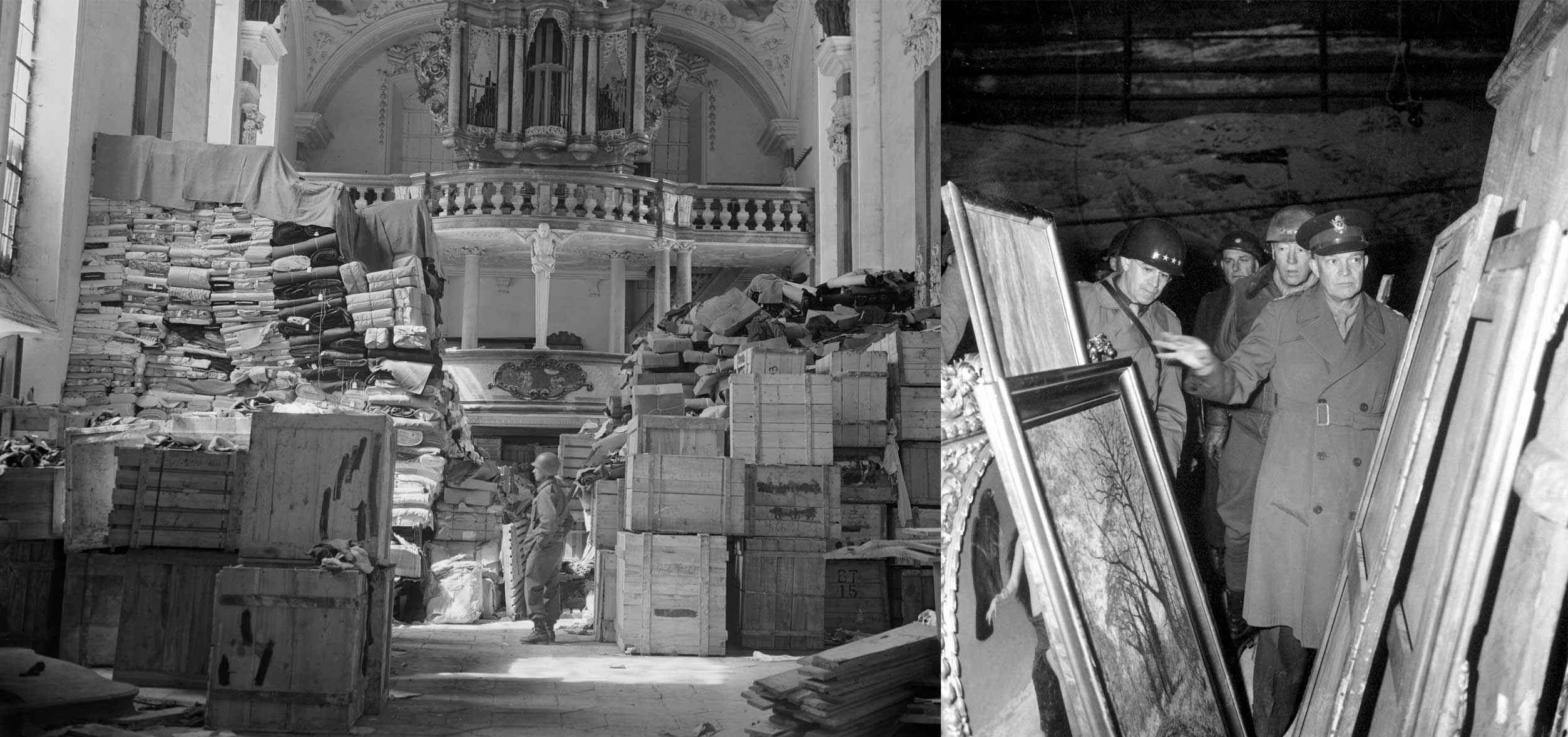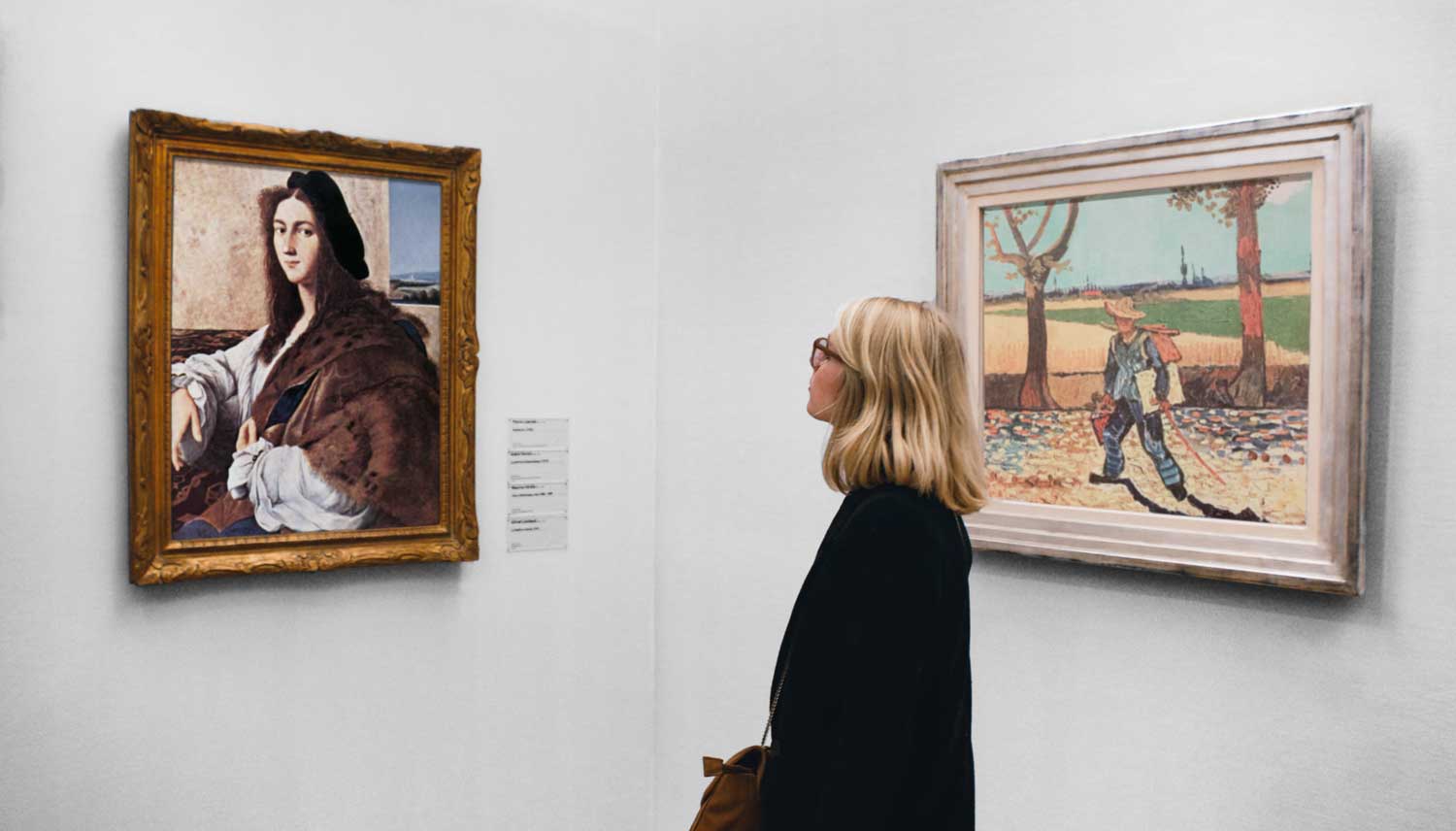Ukraine use NFTs to protect its cultural DNA from another ‘Nazi Plunder’
“
You can wipe out an entire generation.
You can burn their homes to the ground.
And somehow they’ll still find their way back.
But, if you destroy their history, you destroy their achievements, it’s as if they never existed.
That’s what Hitler wants.
And is exactly what we’re fighting for.
”
These are the rousing words delivered flawlessly by George Clooney’s Frank Stokes, in The Monuments Men.
While adapted for Hollywood, the 2014 film (based on New York Times best-selling book) depicts a mission to ‘steal back’ valuable masterpieces stolen by Nazi thieves. The organised purge of hundreds of thousands of pieces of art during WW2 is known as The Nazi Plunder.
A key part of the Holocaust, the systematic destruction and looting of high-value art was a plan to benefit the Nazis in a myriad of ways; from adorning the walls of Hitler’s (never realised) Führermuseum, funding Nazi activities, to increasing high-ranking officer’s own private art collections, and of course, to change cultural narratives to suit their own.
And rather devastatingly, in today’s war-torn Ukraine, history is almost repeating itself.

German loot stored at Schlosskirche, Bavaria (April 1945). Dwight D. Eisenhower inspects stolen artwork in a salt mine in Merkers
“Right now, they are bombing museums, churches, and cultural sites”
Michael Chobanian, President of the Blockchain Association of Ukraine, told the Consensus 2022 audience “So before they are destroyed… we’re going to digitise every single piece of art or history that we have.”
During the panel entitled Crypto at War: Behind Ukraine’s Historic Crypto Fundraiser, Chobanian explains “Today we are announcing a new project [aimed at] how we can save the DNA of the Ukrainian people, Ukrainian culture and Ukrainian history”
Alongside Alex Bornyakov, Ukraine’s deputy minister in the Ministry of Digital Transformation, Chobanian revealed the plan has been made possible through utilising innovations in Web3 technologies:
“We’re going to NFT it and put it on the blockchain”
Almost echoing dialogue from The Monuments Men, Chobanian explained how digitising “every single piece of art or history” the project will document “what is being held, where, in order to prevent corrupt government officials from stealing items during unpredictable times like these”.
As well as historical protection and documentation, BlockChain deployment means geographical boundaries can be broken down, as Illia Polosukhin, co-founder of NEAR Protocol (the project’s BlockChain partner) explains: “It is extremely important to bring all the Ukrainian heritage on-chain and offer it to the world… and preserve it forever”
And forever it will be, as Chobanian goes on to explain: “It’s a national project, not a private project; it’s what we do as the Blockchain Association of Ukraine and this way no one can delete it”.
Ultimately, digitising and publishing their entire history on-chain will provide undeniable proof that not only did the artefacts exist, but the historical social and economic events that inspired them, and the artists that created them, all existed too.

What might have been. Only prints remain of the lost Raphael and Van Gogh masterpieces.
